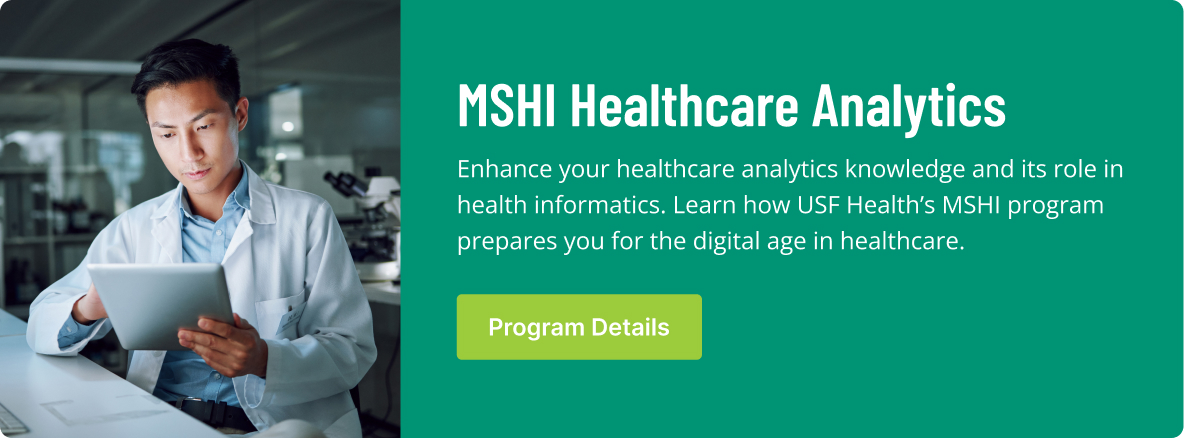A propensity score in healthcare is a single numerical value that indicates the probability a patient will need specific treatment based on baseline characteristics. Researchers take data from observational studies and healthcare records and mimic the results of a random clinical trial by balancing baseline covariates so they are evenly distributed between treated and untreated patients.
Propensity score matching involves forming matched sets of treated and untreated subjects who have similar propensity scores. Typically, they are matched one-to-one. Once a match is made, the impact of treatment can be estimated by comparing the health outcomes between the treated and untreated patients.
The goal is to mimic the results of random clinical trials using data analytics.
How Propensity Score Matching Works
Another way to look at propensity score matching is that it provides an index of patients based on a composite of variables that summarizes important group similarities.
Propensity scoring is a tool used to optimize predictive analytics, giving researchers a better idea of the likelihood of a specific event to occur.
An example comes from the University of Toronto, which looked back on statistics between 1999 and 2001 to determine the impact of smoking cessation counseling on the mortality of smokers admitted to Ontario hospitals after experiencing a heart attack.
The steps taken were as follows.
- Sample patients were restricted to those who survived to hospital discharge
- The treatment in question was whether the patients received smoking cessation counseling while in the hospital
- Outcomes were based on the health status of each patient three years after discharge
- Propensity scores were arrived at for each patient by using 33 factors in six areas: demographic data (age, gender); vital signs at admission (blood pressure, heart rate, etc.); cardiac risk factors (family history of heart disease, diabetes, hypertension), comorbid conditions and vascular history (angina, dementia, cancer, depression, etc.,), lab test results and pharmaceuticals prescribed upon discharge. Note: each of these factors are considered “plausible predictors of mortality”
- Matches were then made between those with similar propensity scores where one person received smoking cessation counseling and the other did not.
This is an example of creating a set of patients based on propensity scores. The researchers provide both the algorithms used and the different strategies employed in addition to matching.
And yes, smoking cessation counseling helps reduce mortality by about 46%. It’s most effective if it comes from a doctor and involves follow up counseling.
How Propensity Scoring Can Be Used
The data analytics-driven approach of propensity score matching has emerged as an alternative to random testing, which has been the standard for healthcare research for decades – testing the efficacy of a new drug, for example, or the impact of a specific medical treatment.
The reason this is the standard for scientific research is because randomness creates unbiased results. The trial participants are randomly distributed by such baseline characteristics as age and gender. The results create an unbiased look at the effects of the drug or treatment.
However, such testing is time-consuming, costly and not always practical.
Using the drug trial example, propensity scoring mirrors experimental research after the fact. Data is looked at for those who self-selected to use the drug, or people assigned to a group by experts based on established criteria, such as the perceived need for intervention.
But propensity score does not replace random testing. It simply offers an alternative when random testing is not practical. For those getting degrees in data analysis and health informatics, it won’t be surprising to learn the devil is in the analytical details.
Issues with Propensity Scoring
In a study of propensity scoring published in the Journal of the National Cancer Institute, a number of issues were found on published studies that used propensity scoring. They included:
- Not clearly providing variables used to estimate propensity scores
- Incorrectly including non-baseline variables
- Neglecting the comparison of baseline characteristics
- Not reporting the matching algorithm utilized
The report concluded that “the use of PS in cancer studies has dramatically increased recently, but there is substantial room for improvement in the quality of reporting even in top journals.”
Gary King, director of the Institute for Quantitative Social Science at Harvard University, has gone as far as to say that propensity scores should not be used for matching. His argument, which can be seen in full here, essentially is that propensity score matching does not compensate for the lack of randomness inherent in the process, at least not with the current approaches.
Expect the debate around propensity score matching to continue – as well as new breakthroughs in statistical analysis to raise the standard for this approach in determining the best path to better healthcare outcomes.




